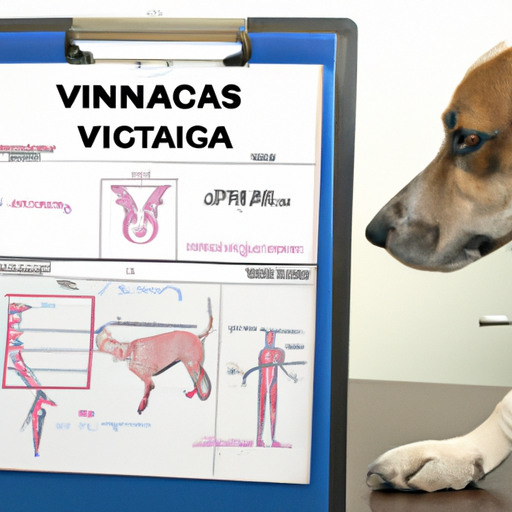Understanding Vaginitis in Dogs
Vaginitis, an inflammation of a dog’s vagina, can be an uncomfortable condition for your precious pet. As a caregiver, it’s essential to understand that vaginitis can occur in both spayed and intact females, with symptoms ranging from excessive licking to unusual discharge. For your peace of mind and your dog’s comfort, let’s navigate through the stormy seas of this condition together, shedding light on prevention, symptoms, and treatment.
Identifying Symptoms of Vaginitis
No one knows your dog better than you do. You’re the first line of defense in detecting any changes in their behavior or physical health, including the signs of vaginitis. The following symptoms might indicate that your dog is suffering from this condition:
- Excessive licking of the genital area
- Unusual discharge
- Frequent urination
- Redness or swelling
Remember, these symptoms can also indicate other health issues. It’s crucial to consult with a vet for a definitive diagnosis.
The Importance of Veterinary Diagnosis
Before you dive headfirst into treatments, take a step back. A professional diagnosis is an essential first step. Let’s consider it a compass guiding you through the turbulent ocean of your dog’s health. Your vet will likely perform a physical examination and may also recommend laboratory tests. These could include:
- Urinalysis
- Vaginal culture
- Urine culture
- Biopsy in severe cases
| Test | Purpose |
|---|---|
| Urinalysis | To check for urinary tract infections |
| Vaginal culture | To identify bacteria causing the infection |
| Urine culture | To ensure the infection hasn’t spread to the bladder |
| Biopsy | To rule out tumors or cancer in severe cases |
Treating Vaginitis in Dogs
Once the diagnosis confirms vaginitis, it’s time to chart out a treatment plan. Depending on the severity and cause of the condition, your vet may recommend:
- Antibiotics to treat bacterial infections
- Topical creams or ointments
- Frequent cleaning of your dog’s genital area
- Dietary changes
- Surgery in severe cases
Be patient and diligent, dear caregiver. The road to recovery might be long, but your dog is lucky to have you by their side.
Preventive Measures
Prevention is better than cure, they say. As a caregiver, you can take steps to prevent vaginitis in your dog:
- Regularly clean your dog’s genital area
- Maintain a healthy diet for your dog
- Regular vet check-ups
- Ensure your dog is well-hydrated
Remember, your dedication can make all the difference in your dog’s health and happiness.
FAQs
Q: Can male dogs get vaginitis?
A: No, vaginitis is a condition that affects female dogs only.
Q: Can vaginitis recur in my dog?
A: Yes, vaginitis can recur, especially if the underlying cause is not addressed.
Q: Can I use human antibiotics to treat my dog’s vaginitis?
A: No, always consult your vet before administering any medication to your dog.
Q: Can vaginitis in dogs be prevented?
A: While there’s no guaranteed way to prevent vaginitis, regular cleaning, a healthy diet, and regular vet check-ups can reduce the risk.
Q: Does vaginitis cause pain in dogs?
A: Yes, vaginitis can cause discomfort and pain in dogs. If you notice any changes in your dog’s behavior or physical health, it’s best to consult a vet.



